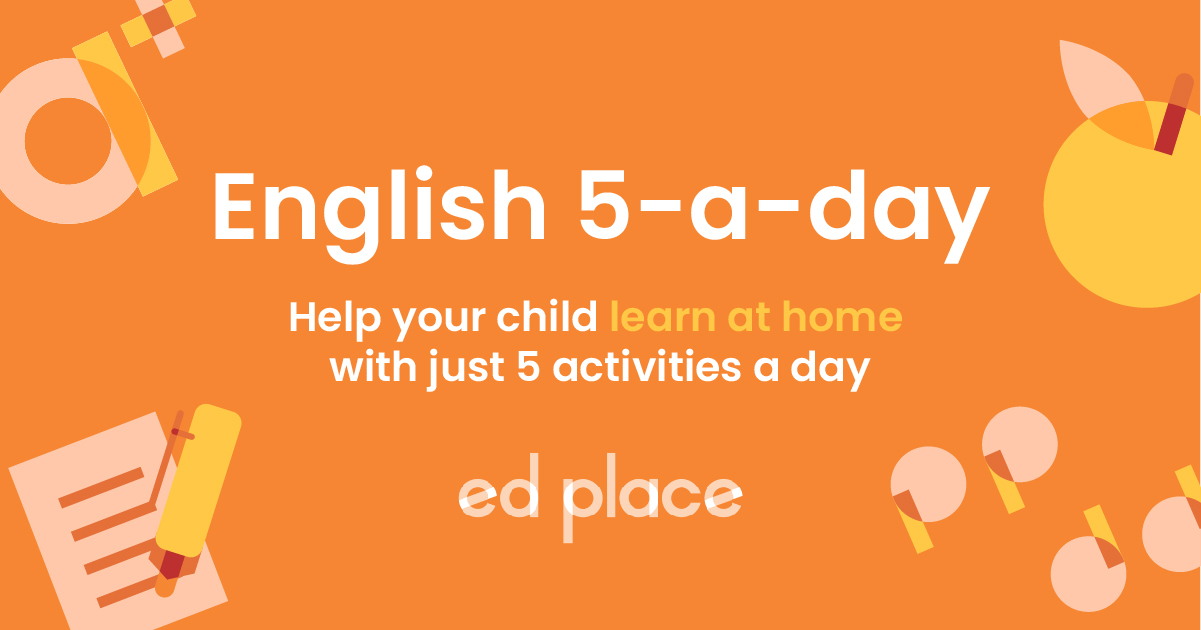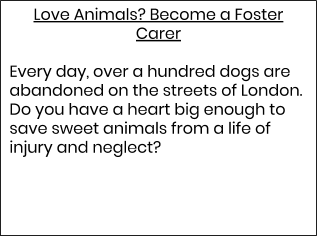
EdPlace's Year 9 Home Learning English Lesson: Investigating Non-Fiction
Looking for short lessons to keep your child engaged and learning? Our experienced team of teachers have created English, maths and science lessons for the home, so your child can learn no matter where they are. And, as all activities are self-marked, you really can encourage your child to be an independent learner.
Get them started on the lesson below and then jump into our teacher-created activities to practice what they've learnt. We've recommended five to ensure they feel secure in their knowledge - 5-a-day helps keeps the learning loss at bay (or so we think!).
Are they keen to start practising straight away? Head to the bottom of the page to find the activities.
Now...onto the lesson!
It's a Fact!
Non-fiction writing is part of our everyday lives. Everywhere we look there are street signs, menus, e-mails, internet sites, magazines and newspapers. As adults, we read these texts and understand if a writer is biased or trying to persuade us to a particular viewpoint. In order for children to also successfully decode these texts, they need to understand how to read the text for viewpoint, language and effect. We're here to help your child become a savvy reader, which means they'll be able to:
1) Identify the language features in a text
2) Explain the meaning they create
3) Analyse the writer's intentions
Step 1 - What Does it All Mean?
Before we dive into a text, it’s important to check that your child understands the meaning of some of the key features of non-fiction writing. In order to emphasise a particular phrase in the text a writer might use alliteration such as ‘close call for Kids caught in…’ This repetition of a particular sound can also be used to create a humorous tone. Non-fiction writers also love to include statistics in their work. ‘Over 95 percent of people voted for this change’ is an example of how statistics can be used to back up a writer’s opinion and to persuade a reader to their viewpoint. Using facts in this way also gives credibility and authority to a text.
Step 2 - Mind the... Gap
In English, we love mnemonics! Every time we read a new non-fiction text we should remember to ‘mind the GAP’. This means that we should work out the following from the text: Genre, Audience, Purpose. To do this we ask the following questions:
Genre – What is the text? Possible answers could include a newspaper, magazine, website, blog etc
Audience – Who is the text aimed at? A writer always has an audience in mind. Different styles of writing will always be used for different audiences for example an age group, gender or perhaps those with a common interest or hobby.
Purpose – What does the text want you to do? There are a variety of purposes such as to provide instruction, promote awareness etc. Most texts are usually written with a purpose to explain, inform or persuade.
Step 3 - Love a List!
If we now need to analyse a non-fiction text in deeper detail, we need to start zooming in on specific references and looking at how language is used to create the writer’s intended effect. Why not grab a newspaper article and apply the following ideas to this as we go?
Ready for another, easy to remember, mnemonic? If GAP helps students to work out the overall meaning of a text, then LIST is something they can use to analyse specific examples or sentences from a text: Language, Information, Style, Tone. To do this we ask the following questions when focusing in on a particular part of the text:
Language – What do you notice about the language being used? If it’s persuasive, can you find any examples of emotive language? If it’s informative, can you find any facts or statistics?
Information – Is the information in the text factual, a series of the writer’s opinions, or a mixture of the two? It’s a good idea to comment on a writer’s line of thought or their argument.
Style – What attracts your attention the most? Is it the headlines, or maybe the pictures?
Tone – This is linked to language. Imagine how you would read this document aloud. Do you need a serious, humorous, sad or angry tone of voice?
Step 4 - Investigating Intent
Before moving onto this step, why not play a quick re-call game with your child. Can they remember what the mnemonic GAP and LIST stand for without looking? Hopefully, you've had success here, so let's move on, and if you haven't it's really worth revisiting that until it's definitely gone in!
For this next step if you have examples of non-fiction lying around the house, then, by all means, use that to try the questions below out on. You can use any type of non-fiction writing, for example, reports, adverts, newspaper articles or charity leaflets. If you don't have anything to hand then start with the following short extract:

a) Have a go at using GAP to analyse the text above.
b) Try using LIST to zoom in on a part of this text.
Step 5 - Off You Go...
Now have a go at some of these activities to practise what we've just covered and put your child's investigative skills to the test?
All activities are created by teachers and automatically marked. Plus, with an EdPlace subscription, we can automatically progress your child at a level that's right for them. Sending you progress reports along the way so you can track and measure progress, together - brilliant!
Activity 1: Reading Fact and Opinion: Food Banks
Activity 2: Reading an Argument: Zoos
Activity 3: Reading Non-Fiction: A Leaflet on Safety in the Home
Activity 4: Use Comparative and Superlative Adjectives Correctly
Activity 5: Writing a Logical Argument: School Holidays
Answers
a)
Genre – Charity leaflet
Audience – Adults, animal lovers, charitable people
Purpose – To persuade people to foster animals
b)
Language – Alliteration ‘save sweet’ is used to focus attention on this important sentence.
Information – the statistic of ‘over a hundred dogs’ is used to show the severity of the problem.
Style – The headline is the main focus of this text. In a leaflet, there might also be an image, such as a close-up shot of the sad eyes of a dog.
Tone – A serious and emotional tone is used to persuade the reader that this is a serious problem needing their help.
Keep going! Looking for more activities, different subjects or year groups?
Click the button below to view the EdPlace English, maths, science and 11+ activity library








